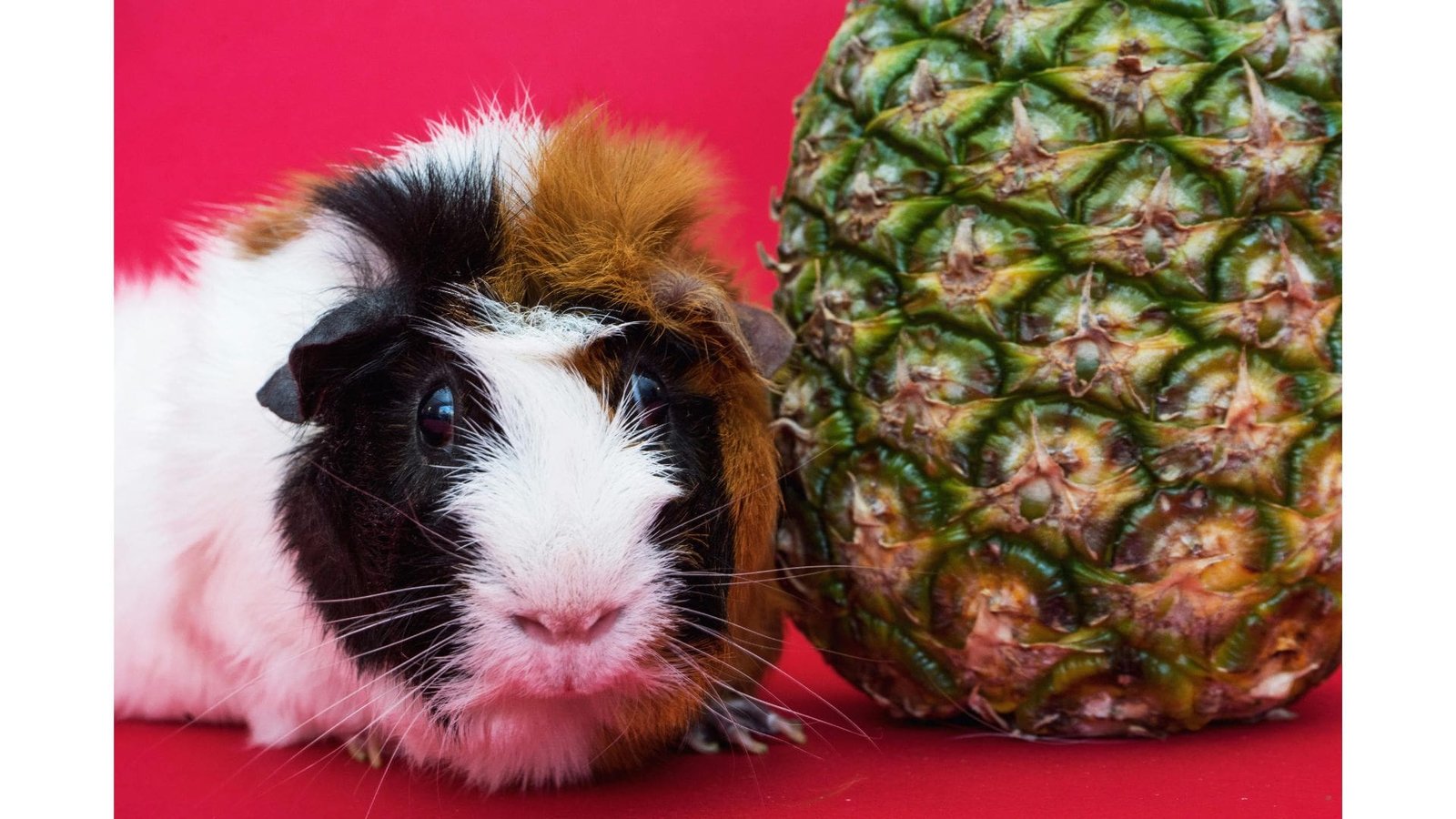We all want our furry friends to live long, happy, and healthy lives! But did you know that your pet’s nutrition plays a massive role in achieving that? In fact, studies show that proper pet nutrition can add years to your pet’s life. I’ve been a pet parent for over 10 years, and let me tell you, figuring out what to feed them was a journey! There’s so much conflicting information out there, but after researching, learning from experts, and trial and error with my own pets, I’ve found that proper nutrition is truly the foundation for paw health and overall well-being. In this guide, I’ll break down everything you need to know about pet nutrition, from the essentials of a balanced diet to the best supplements to help your pet thrive. Let’s dive in!
1. Understanding Pet Nutrition: The Basics

When it comes to pet nutrition, it’s more than just pouring kibble into a bowl. To optimize your pet’s paw health (and overall health), they need a balanced combination of macronutrients and micronutrients.
- Macronutrients like proteins, fats, and carbohydrates form the foundation of your pet’s diet. Proteins help build strong muscles and repair tissues, while fats provide energy and aid in absorbing certain vitamins. Carbohydrates, though sometimes debated, are often included for energy and fiber.
- Vitamins and minerals play a vital role in maintaining healthy skin, strong bones, and immune function. For example, vitamins like A, D, and E support skin and coat health, directly impacting paw health. And let’s not forget minerals like calcium, phosphorus, and zinc, which ensure strong bones and healthy skin.
- Cats and dogs have different needs! While both need proteins and fats, cats are obligate carnivores, meaning they require more animal-based proteins. Dogs are more omnivorous and can handle a more varied diet. Knowing these differences helps you pick the best food for your pet.
Finally, pay attention to signs of poor nutrition: dull coat, excessive shedding, lethargy, or even digestive problems. Often, when something’s off in your pet’s diet, it shows in their paws, skin, or behavior.
2. Choosing the Right Pet Food for Optimal Paw Health

Choosing the right food is tricky—there’s an overwhelming amount of options, and let’s be honest, pet food labels can be confusing!
- Wet food vs. dry food: Wet food provides more moisture, which is excellent for hydration, while dry food is convenient and promotes dental health. Both can be great for paw health as long as the ingredients are high-quality.
- Always read the labels carefully. Look for named animal proteins (like chicken, beef, or lamb) as the primary ingredient. Avoid generic terms like “meat by-products” or excessive fillers like corn and soy.
- A balanced diet should include a mix of proteins, fats, and minimal carbohydrates (especially for cats). Look for foods labeled “complete and balanced,” which meet the nutritional standards set by organizations like AAFCO (Association of American Feed Control Officials).
- If you’re considering a grain-free diet, it’s essential to consult with your vet. While grain-free diets have been popular, they aren’t necessarily better, and some research has linked them to heart disease in dogs. Every pet is different, so there’s no one-size-fits-all.
For more on keeping pets healthy while on the go, you can check out these tips for traveling with pets.
3. Homemade Pet Diets: Pros, Cons, and Tips

Making your own pet food sounds like a dream, right? No more questionable ingredients! However, it’s not without its challenges.
- Pros: You have complete control over the quality of ingredients, which means no more fillers or unnecessary additives. You can tailor meals to specific dietary needs, making it easier to manage paw health, weight, or allergies.
- Cons: It’s tough to get the right balance of nutrients. Many homemade diets lack essential vitamins and minerals, which can lead to long-term health issues.
- Tip: Always consult with a vet or pet nutritionist before starting. They can help you create a balanced recipe that meets your pet’s needs.
Here’s a simple, nutrient-rich recipe I’ve used:
- 1 lb of ground turkey
- 1 cup of cooked quinoa (for dogs) or pumpkin puree (for cats)
- ½ cup chopped carrots or spinach
Mix and cook! It’s packed with vitamins and promotes healthy skin and paws.
If you’re considering adopting a new pet and want to learn more about feeding them properly from the start, check out local pet adoption events.
4. Pet Supplements: Do They Really Help?

Supplements can be a game-changer, but only if used correctly. Here are some that I’ve found particularly helpful for my pets’ paw health:
- Omega-3 fatty acids: These help with inflammation, skin, and coat health, and are crucial if your pet’s paws are dry or cracked. Fish oil or flaxseed oil can do wonders.
- Glucosamine and chondroitin: These supplements are great for joint health, which indirectly supports paw health by reducing wear and tear.
- Probiotics: A healthy gut means better nutrient absorption, which can improve skin and coat health.
Always check with your vet before adding supplements. They should complement a healthy diet—not replace it!
5. Common Pet Nutrition Myths and Facts
Let’s bust some myths:
- Myth 1: “Raw diets are always the best.” While raw diets can be beneficial, they come with risks like bacterial contamination. You need to handle raw food carefully and ensure it’s balanced.
- Myth 2: “Grain-free diets prevent allergies.” Not necessarily! Grain allergies are less common than protein allergies (like chicken or beef). Plus, grain-free diets have been linked to heart issues in some dogs.
- Fact: Commercial pet food can be just as nutritious as homemade, as long as it’s high quality. Look for brands that prioritize animal proteins and have transparency about their ingredients.
6. Feeding Pets with Special Dietary Needs
If your pet has special dietary needs, nutrition becomes even more critical.
- Allergies: Pets with food allergies might benefit from limited ingredient diets or novel proteins (like duck or venison). This can help prevent flare-ups that affect their paws and skin.
- Obesity: Manage portion sizes and feed low-calorie, high-protein meals to help pets maintain a healthy weight, which is essential for joint and paw health.
- Senior pets: Older pets may need diets lower in calories but higher in certain nutrients like antioxidants, omega-3s, and glucosamine for joint and paw health.
7. Hydration and Its Role in Pet Nutrition
We often focus so much on food that we forget the importance of water!
- Why hydration matters: Water helps maintain healthy skin and paw pads. Dehydration can lead to dry, cracked paws and even kidney issues.
- How much water? Pets should drink an ounce of water per pound of body weight each day. Keep an eye on their water intake, especially in hot weather or if they eat mostly dry food.
- Creative hydration tips: If your pet is a picky drinker, try adding a splash of low-sodium broth to their water, or give them water-rich foods like cucumbers or watermelon.
For more tips on keeping your pet happy and healthy, you can visit Pet Care Ninja, where they offer plenty of advice on pet health and care.
Conclusion
In the end, the key to your pet’s long-term well-being lies in their diet and nutritional choices. Whether you choose store-bought food, homemade meals, or a mix of both, always prioritize balanced and nutrient-rich options that support your pet’s health. Remember to consult with your vet before making any major changes to their diet. A healthy diet leads to happy paws—and a happy pet! If you’ve got any tips or favorite recipes, share them in the comments. Let’s keep our pets thriving together!
